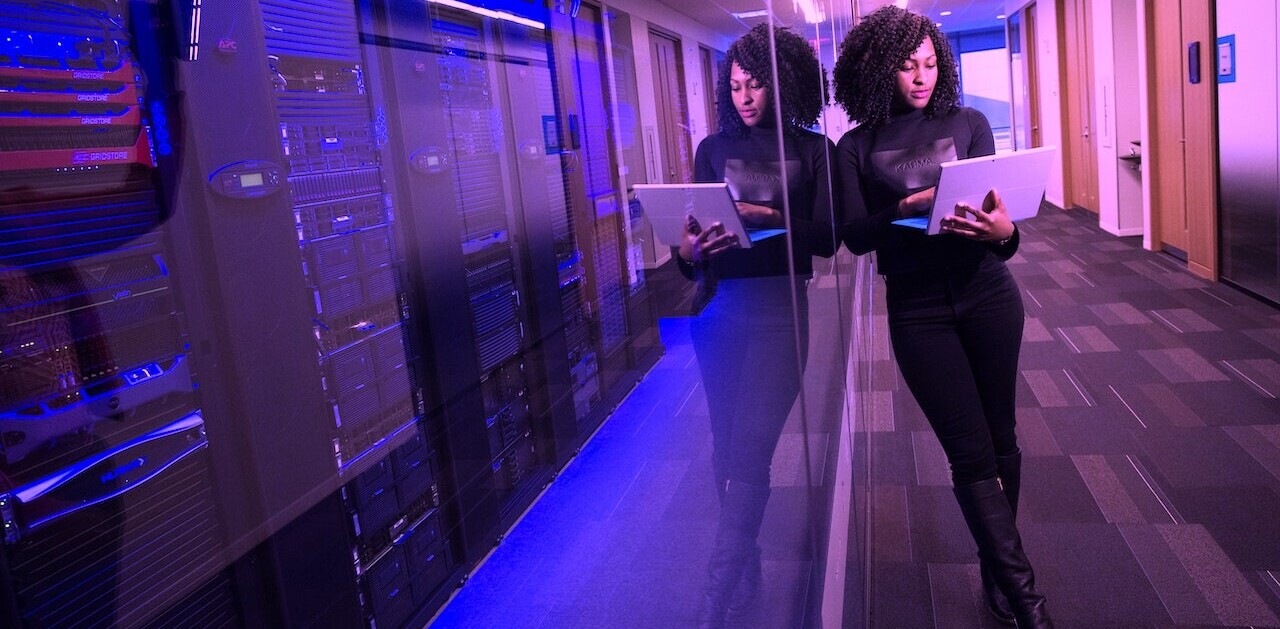
For many years in tech, companies have encouraged employees to bring their home life to work. In the face of COVID-19 and an emerging new remote workforce, companies and leaders are being challenged to do the opposite — bring work and team culture, home.
As we enter this new era, it’s critical to build teams that encourage inclusion, community, and empathy.
Some leaders are struggling to answer these questions: how do you foster a team environment when you’re miles apart? When conversations at the water cooler and in-person brainstorm sessions can evolve into big company objectives, how do you find opportunities to collaborate and encourage out-of-the box ideas? And as a manager, how do you discover new ways to hire diverse and scalable teams?
Go the extra mile
I joined Ripple at a pivotal time in our society. As the team was adjusting to remote working, I recognized that it was critical that I take the necessary steps to ensure my team was set up for success in this new normal.
[Read: Are EVs too expensive? Here are 5 common myths, debunked]
One of the biggest lessons I learned in previous roles is that remote teams need a different kind of support than in-person teams. However, this doesn’t mean that remote working has to be a negative experience.
In fact, 85% of businesses have seen productivity increase because of flexible remote work options. It’s the responsibility of managers to find ways to work together and reduce friction within a team. When we can’t jump into a meeting room to talk through a project, we need to encourage teammates to collaborate in different ways.
When you do have team meetings, save some time to encourage banter and team familiarity. Having that time at hand to increase team bonding and cohesion goes a long way in building relationships, which eventually result in everyone performing at their best.
As engineers, we have so many tools and resources at our fingertips. The engineering team at Ripple has started collaborating on strategy and system design for future projects with code and documentation. These are two tools engineers use daily to get work done, so why not also use them to talk to each other? It allows our teams to think and contribute offline at a time and pace that works for them, while accommodating critical quiet thinking time.
Our customer facing teams are also spread across different time zones — instead of trying to squeeze in another meeting that accommodates all time zones, teams can communicate within the documentation itself.
Adapting to new challenges
Some folks might be perfectly fine adjusting to a remote lifestyle, while it may be a challenge for others. Have conversations with your teams early on, and check in regularly to understand the nuances of each person’s situation.
You might be able to enact small adjustments that will benefit the whole team — like a global ‘no meeting’ day. Some team members might have a specific situation they are dealing with that you can help them to work through. Not everyone on the team may have the space, time, or privacy to work from home.
With teams fully remote, we’re all experiencing video call fatigue. Paying attention to time zones helps to prioritize business-critical meetings while catering to every team member’s schedule. While 9am may be the perfect time to meet for a San Francisco-based team member, the teammate in New York is in the middle of a lunch break. And shelter in place has drastically changed what the traditional workday looks like for most of us.
Keep in mind that your colleagues may need to accommodate things like child care or elder care in the middle of the day. Encourage your team to block off the times that are a no go for them even if it’s during the work day.
Build a diverse and inclusive team
When companies recruit for engineering jobs, the skillset for that role has already been established internally, and that’s never going to change. What we can do is control where we look for these candidates and to whom we give the interview opportunity. Talent can be found anywhere and companies shouldn’t limit themselves to only recruiting from prestigious schools or their own network.
When I was coming up in the industry, no one above me looked like me. I’ve learned over the years that being a woman or an immigrant doesn’t make me who I am. It’s a part of who I am and my experience, leadership, and technical understanding are what make me valuable.
After a few years in leadership roles, I realized that I am now that person that someone else might be looking for, just as I did years ago. The key then is to pay it forward, reach out and help mentor team members who show potential and eagerness to learn.
When building a diverse team, it’s about consciously deciding to give underrepresented people an opportunity to show up. There are a variety of things that make someone great at their job and pedigree is just one of them. Understanding your team and what makes them successful is key to build an inclusive team.
People work differently and have a variety of means to demonstrate their work. Creating an environment that embraces these differences and encourages collaboration with that understanding is what makes a truly inclusive team. Having an inclusive team is crucial to hiring and retaining a diverse team.
Work for the greater good of the team
Part of building an inclusive, diverse team is to build a community where everyone is invested in not only the team’s work, but the overall company goals as well. It’s easier to feel like one, cohesive team when you’re a team of one leader and three or four engineers. But, when the team starts growing, it’s critical that the team continues to feel like they work with each other and not for a leader.
Every team needs to feel like one unit, regardless of leadership level, which propels them to build innovative products. With my team consisting of leaders of teams, my goal is to continue growing that cohesion and a feeling of “One Team.”
There isn’t a single person that owns a 100% of one problem. As your company grows, and you build out your team, it’s important to keep this in mind. Leaders should encourage teams to focus on individual projects while understanding that the team may have to switch gears to solve a priority problem because it’s what is best for the company at that time. We are all in it to solve these problems together.
If the last few months of being remote have taught us anything, it’s that we’re all capable of being more flexible and empathetic. Inclusive teams that are invested in the work they’re doing will create the strongest organizations that have the most longevity.
So you’re interested in creating a successful team? Then join our online event, TNW2020, to hear how successful companies are adapting to a new way of working.
Get the TNW newsletter
Get the most important tech news in your inbox each week.





